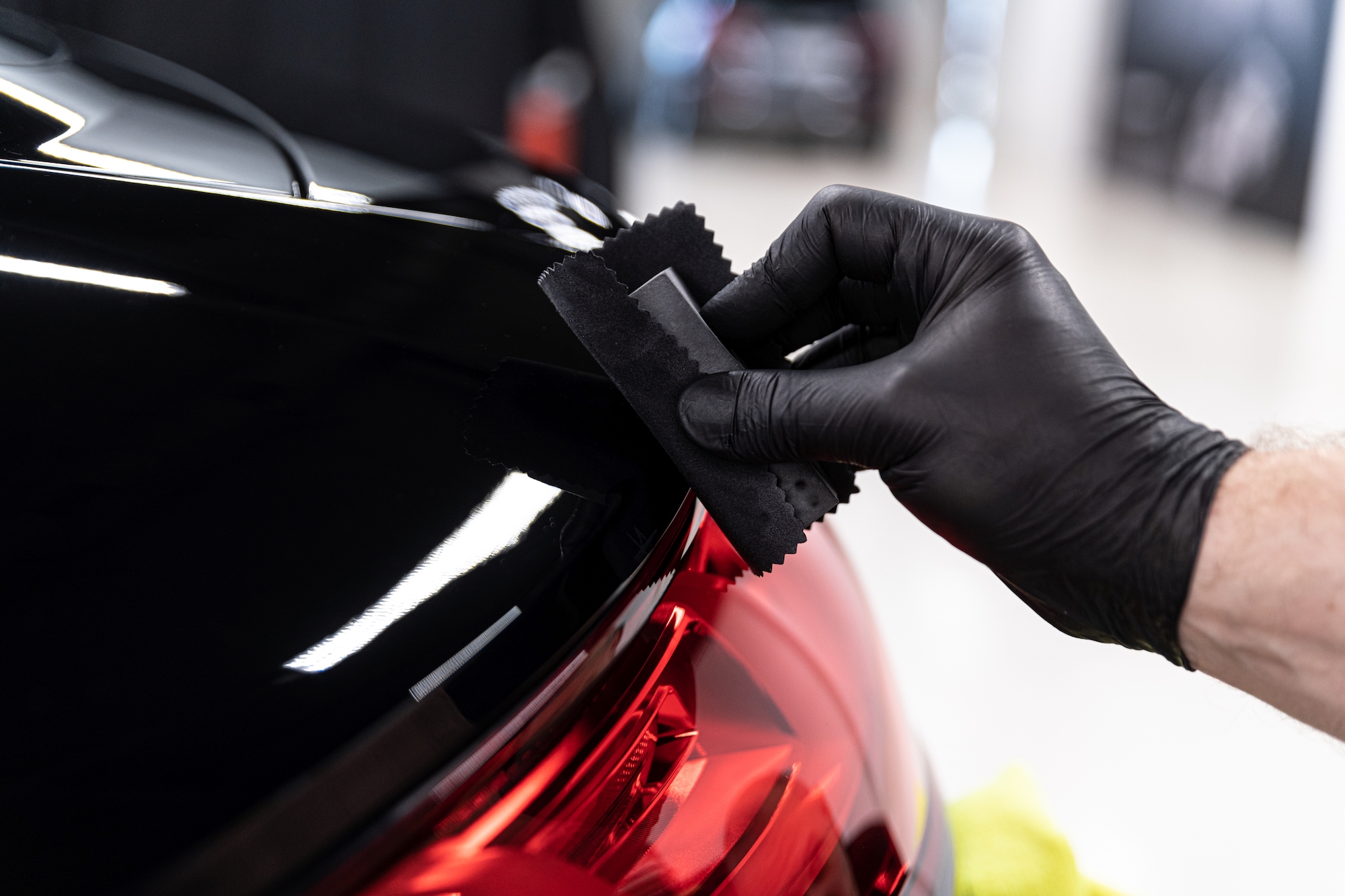Buying New Car Tires: The Do’s and Don’ts

Your tires are your interface with the surface of the road. They’re functions are to maintain traction when steering, accelerating, or braking, to support the load of the vehicle including yourself, your passengers and your luggage, and along with your suspension to assist in absorbing vibrations from the road.
To put it simply, as a motorist, you don’t want to overlook the quality and condition of your tires. But when you’ve identified that you’re due a new set, or even just need to switch one out, the amount of information can be confusing, contradictory, and overwhelming.
To help you along the way we’ve put together a list of the do’s and don’ts when it comes to tire maintenance and replacement:
Do Consider Tire Warranty
If you believe your tires have not lived up to their advertised lifespan in terms of mileage or you want to cover yourself against damage from road hazards, you may want to think about obtaining tire warranty on your next install. You will be able to receive credit if after inspection, the damage to your tires is deemed a manufacturer’s defect.
Do Understand When to Replace Your Tires

Tires with excessive wear are dangerous and each state has their own laws that describe the condition, tread, and wear requirements to be road legal. The type of vehicle, the way it has been driven, the mileage the tires have seen and how the vehicle has been stored all have an effect on the lifespan of your tires.
The majority of states require a minimum of 2/32 of an inch tread depth to be road worthy. A lot of modern tires come with tread indicators built into them so you can see when they need replacing. There are also states that require 4/32 of an inch tread depth on front wheel drive cars.
Tread depth gauges are available and not too expensive but the penny test method is a reliable starting point. Choose a tread roughly halfway between the outside of the tire and the centerline and place a copper penny between the grooves with Lincoln’s head pointing down—if all of Abe’s head is visible, it’s time to get your tires replaced.
Even if the tread depth seems fine, it’s recommended to replace your tires every six years. This is because as rubber ages, it hardens and cracks and will perform sub optimally. Remember to always check the laws in your state.
Do Check the Tire Code

The DOT symbol and code is imprinted on the sidewall of your tires and will tell you its size, where it was manufactured and its age. Look for the letters ‘DOT’ followed by eight to thirteen characters.
The last four of these digits tells you the age of your tire—the first two of those four represent the week and the last two, the year. For example, DOT 4B9L 4DHR 2915 was manufactured in the 29th week of 2015—so in the week commencing July 23, 2015.
Don’t Be Intimidated by Mechanics

You’ve done your research so when you visit your local auto shop you should have the confidence to speak with them on their level. If you feel you are being upsold or given bad advice, get a second opinion. Finding a reliable mechanic is a great asset as a motorist.
Don’t Ignore Tire Maintenance

Check your tires regularly for damage including visible tire cord, cuts, and cracks. Also regularly check and adjust your tire pressure according to your vehicle’s handbook. The correct pressure is different in cold and hot weather and also depends on the weight of your load.
Replacing tires is expensive but it can be more costly not to—in both fines and worse still possible accidents. Stay tire savvy and get into the habit of checking your tires regularly.







